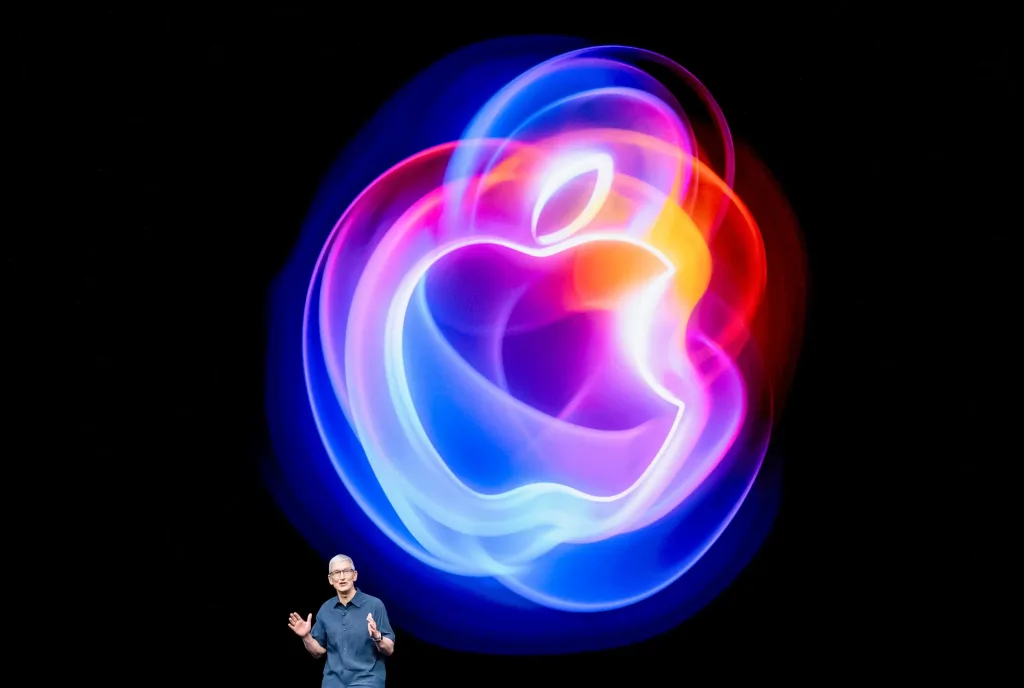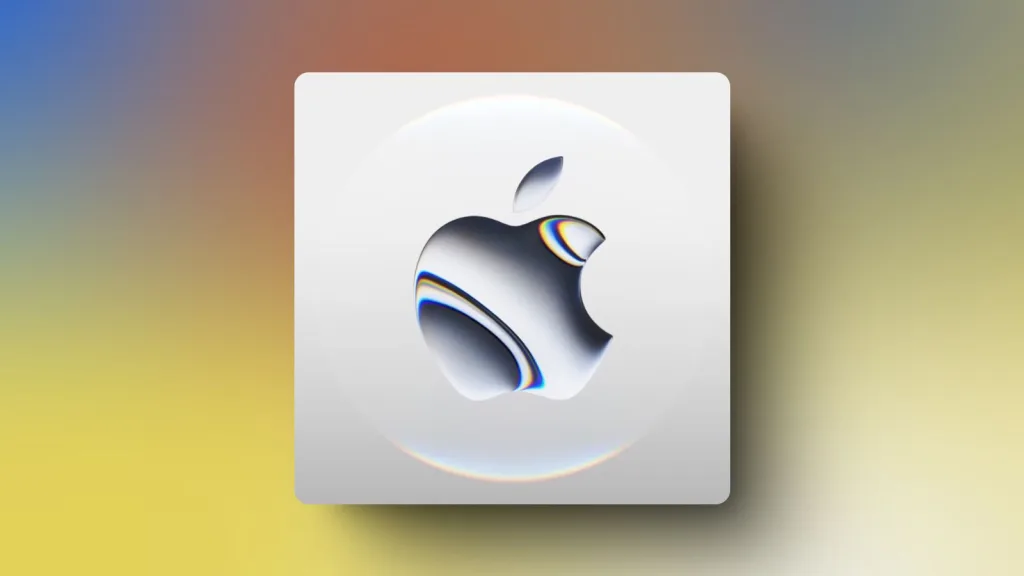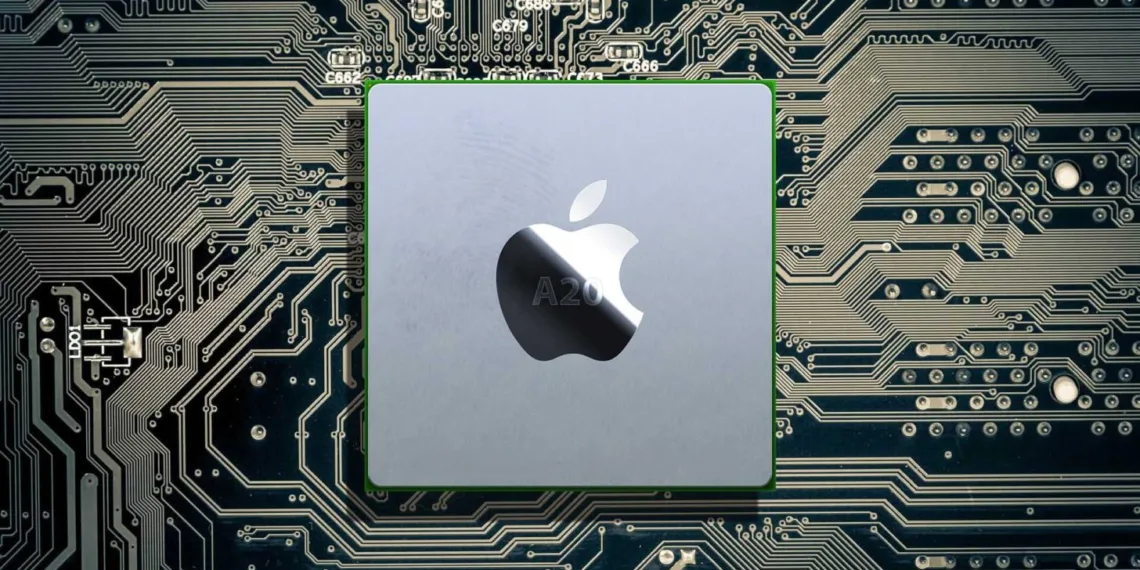Apple is once again pushing the boundaries of smartphone performance with its upcoming A20 chip, expected to debut in the iPhone 18 series. According to multiple reports, the A20 will be approximately 15% faster than its predecessor, the A19, while maintaining the same power consumption. This performance boost is primarily attributed to Apple’s transition to Taiwan Semiconductor Manufacturing Company’s (TSMC) next-generation 2nm process, a move that is expected to enhance both efficiency and battery life in future iPhones.
With TSMC set to begin mass production of its 2nm chips starting April 1, Apple is likely to be the first major customer, continuing its long-standing partnership with the semiconductor giant. But what does this shift mean for users? Will the iPhone 18 series set a new benchmark for smartphone performance? Let’s take a closer look.
Table of Contents

A20: The Power of 2nm Technology
For years, Apple has remained at the forefront of mobile chip innovation, consistently delivering class-leading performance through its A-series processors. The transition to 2nm is a significant milestone, as it allows for greater transistor density, improved efficiency, and better overall performance.
Initially, speculation suggested that the A20 might continue using TSMC’s third-generation 3nm process, known as ‘N3P.’ However, recent industry insights—including reports from Economic News Daily and statements from respected analyst Ming-Chi Kuo—indicate that Apple will indeed transition to the 2nm node.
According to these sources, the A20’s move to 2nm will result in a notable 15% boost in performance over the A19, while keeping power consumption unchanged. For users, this means smoother multitasking, faster app launches, and more responsive gaming experiences, all without sacrificing battery life.
More Power or Better Efficiency?
While the 15% speed boost may not seem groundbreaking at first glance, Apple is known for optimizing its chips to deliver real-world performance benefits. Instead of simply pushing raw performance, Apple could fine-tune the A20 to prioritize efficiency. This means the chip may actually run at slightly lower power than the A19 while still delivering the same, if not better, performance.
Reducing power draw has several advantages, including:
- Extended battery life: Less energy consumption means longer-lasting devices, which is critical as users demand all-day battery performance.
- Reduced heat generation: Lower power usage translates to less heat, potentially improving thermal performance and reducing the need for aggressive cooling measures.
- Better longevity: Lower energy requirements could extend the lifespan of the device’s internal components, ensuring that iPhones remain powerful and efficient for years.
In addition to these improvements, Apple is rumored to be exploring silicon-carbon batteries, a next-generation technology that enhances energy density without increasing the physical size of the battery. This means future iPhones could pack larger battery capacities within the same slim form factor, further boosting endurance.
The Cost of Cutting-Edge Innovation
While moving to 2nm offers clear benefits in performance and efficiency, it comes at a cost—literally. Semiconductor manufacturing is an expensive process, and each new node typically results in higher production costs. Industry reports suggest that each TSMC 2nm wafer is estimated to cost around $30,000, making it one of the most expensive fabrication processes in history.
Given Apple’s history, this could mean a price hike for iPhone 18 models featuring the A20 chip. It’s possible that Apple will follow its usual strategy, reserving the A20 for the Pro and Pro Max models, while the standard iPhone 18 and iPhone 18 Plus may retain the A19 to keep costs down. This differentiation aligns with Apple’s recent approach, where only the high-end models receive the latest chipsets, ensuring that the Pro series remains the premium choice for power users.

Comparing the A20 to Previous Generations
To put the A20’s performance improvements into perspective, let’s compare it with previous generations of Apple’s A-series chips:
| Chip | Manufacturing Process | Performance Improvement | Power Consumption |
|---|---|---|---|
| A17 | TSMC 3nm (N3B) | ~10% faster than A16 | Reduced by ~5% |
| A18 | TSMC 3nm (N3P) | ~10-12% faster than A17 | Similar to A17 |
| A20 | TSMC 2nm | ~15% faster than A19 | Same as A19 |
From this table, it’s evident that Apple has been steadily improving performance while maintaining or even reducing power consumption. The shift from 3nm to 2nm represents a more substantial jump in efficiency compared to previous transitions.
Implications for the iPhone 18 Series
Beyond raw performance, the A20’s efficiency improvements could have widespread implications for the iPhone 18 series, particularly in areas such as:
1. Battery Life
With a more efficient chip and possible silicon-carbon battery technology, the iPhone 18 Pro models could set new records for battery endurance. Users who rely on their devices for intensive tasks—such as gaming, video editing, and 5G connectivity—could see noticeable improvements in daily usage time.
2. AI and Machine Learning Performance
Apple has been heavily investing in on-device AI, with features like Neural Engine-powered photo processing, real-time language translation, and enhanced Siri capabilities. The A20’s improved efficiency could accelerate AI tasks, making iPhones even more capable in handling machine learning workloads without excessive battery drain.
3. Gaming and Graphics Performance
With each new chip, Apple has been pushing the boundaries of mobile gaming. The A20, paired with Apple’s Metal API and advanced GPU architecture, could bring console-quality gaming to the iPhone 18 series. Ray tracing, higher frame rates, and improved thermal management could make the Pro models especially appealing to gamers.
4. Camera and Computational Photography
Apple has long leveraged its A-series chips to power industry-leading smartphone cameras. The A20’s efficiency could enable more advanced computational photography features, improved low-light performance, and real-time video processing enhancements—all without compromising battery life.
What’s Next for Apple’s Chip Strategy?
While the A20 represents a significant leap forward, Apple’s long-term strategy extends beyond traditional silicon. The company has been exploring alternative semiconductor technologies, including:
- In-house modem development: Apple is working on custom 5G modems, aiming to reduce dependency on Qualcomm.
- Advanced AI processors: Future A-series chips could integrate more AI-specific cores for on-device machine learning tasks.
- Mac-inspired chip architectures: Apple’s M-series chips for Macs have demonstrated groundbreaking performance, and some of these advancements may trickle down to iPhones in future iterations.
Final Thoughts: Is the A20 Worth the Hype?
Apple’s shift to TSMC’s 2nm process for the A20 is a clear step forward in performance, efficiency, and battery optimization. While a 15% speed boost may not sound revolutionary, the real-world benefits—such as improved battery life, better thermal management, and enhanced AI capabilities—make this upgrade a game-changer.
However, with rising semiconductor costs, Apple may have to increase the pricing of its premium models, continuing its trend of reserving cutting-edge technology for the Pro lineup. If history is any indicator, users looking for the ultimate iPhone experience will likely have to invest in the higher-end iPhone 18 Pro and Pro Max models.
As TSMC begins mass production of its 2nm chips, all eyes will be on Apple’s next move. Will the iPhone 18 series redefine smartphone performance? Only time will tell, but one thing is certain—Apple isn’t slowing down its innovation anytime soon.








